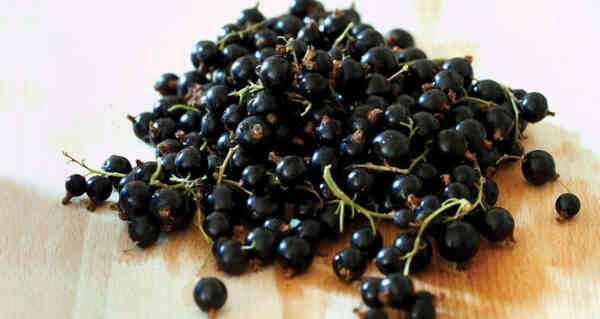Have you ever tasted currants? These berries can be called both tasty and healthy. Unfortunately, they are very expensive in stores, so those who have currants grow somewhere in the country are lucky. By the way, the leaves of the currant bush are also very useful — many people brew them with tea.
Interesting facts about currants
- The currant is part of the gooseberry plant family, although the common gooseberry, formerly part of the family and which gave it its name, was excluded from it and relegated to another category (interesting facts about gooseberries).
- There are more than 190 species of currant on the planet.
- To get a rich harvest, a currant bush should consist of 10-15 branches of different ages, and the largest berries appear on branches aged 3 to 5 years.
- Black currant is much more aromatic than red, due to the abundance contained in her essential oils. Most of all, they accumulate on the lower surface of currant leaves.
- The fragrant leaves of this plant are used as a flavoring for meat and fish.
- Blackcurrant juice is used to prepare natural food colors.
- The world market leader in growing this berry belongs to Russia. It is followed by Poland and Germany.
- A thousand blackcurrant seeds weigh between 0.9 and 1.8 grams.
- A kilogram of blackcurrant contains about 3,300 berries, or 714,000 seeds.
- Under favorable conditions, up to 1850 kg of berries can be harvested per hectare of currant bushes.
- Russian currant varieties are able to tolerate frosts down to -50 degrees, while European bushes are damaged already at -35 degrees.
- Leaves, buds and berries of blackcurrant are used as a mild and effective disinfectant.
- All parts of blackcurrant bushes, from buds and flowers to buds and berries, are extremely rich in vitamin C.
- Currant leaves are added to jars when pickling vegetables and mushrooms – they perform the function of a spice. Young leaves are also suitable for adding a special flavor to kvass, while dried leaves are suitable for adding to sauces.
- When heated, the currant loses some of its useful properties, therefore, for long-term storage, it is better to simply grind the berries with sugar, rather than make jam.
- Dried currant leaves increase the effectiveness of antibiotics for dysentery.
- Currants are used to treat scurvy, gastritis, colds, vitamin deficiency and heart disease.
- In the Scandinavian countries, red currants are often used to boil fruit soups and puddings, and the Germans add them to cakes along with a sweet cream that balances the acidity of the berries.
- In fairy tales and epics of the Eastern Slavs, the Smorodina River is often mentioned, along which the border between the worlds of the living and the dead passes. This name comes from the word “stench” and has nothing to do with a useful berry.
